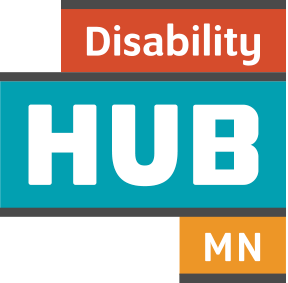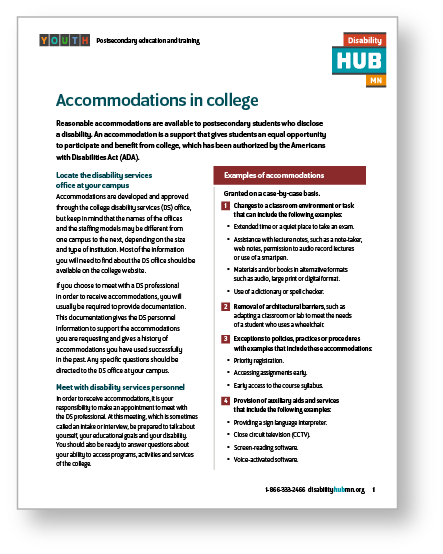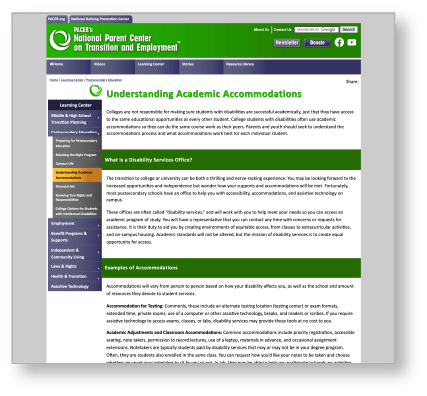Will the youth need accommodations or assistive technology to be successful in postsecondary education or training?
Accommodations and assistive technology in postsecondary education and training provide students with disabilities an equal opportunity to participate in academic programs. They help students with disabilities become more efficient and independent by performing functions that may otherwise be difficult or impossible. Accommodations may include modifications or adjustments to specific tasks, the classroom environment or the way things are usually done as well as use of assistive technology.




